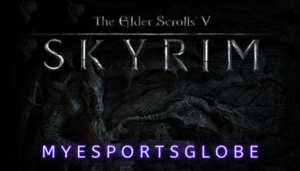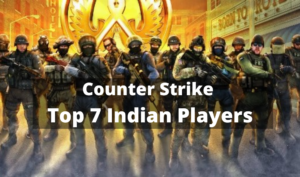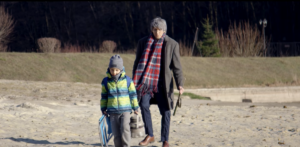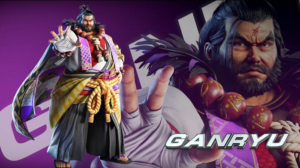Just about a month after The Last of Us: Part 2, Ghost of Tsushima is the next big PS4 exclusive game. The open-world action adventure by Infamous developer Sucker Punch is therefore under double pressure. It shouldn’t go under in the ongoing hype about the second The Last of Us and as the last big first-party game of this generation of Playstation, you naturally expect that the title qualitatively follows in the great footsteps of previous exclusive hits like Horizon: Zero Dawn, Spider -You kick Uncharted 4 or God of War.
Overview
Ghost of Tsushima is an epic open world samurai adventure set during the Mongol invasion of Japan in 1274. It tells a new story from the world of feudal Japan, a time of war, chaos and violent change.
The player takes on the role of Jin Sakai, a powerful samurai warrior, whose adventures are inspired by Japanese history and the famous traditions of samurai cinema and create a great story of revenge, over-growing and hope .

Towards the end of the 13th century, the Mongol Empire devastated entire nations on its conquest in the east. The island of Tsushima is the only thing that still separates the Japanese mainland and the huge Mongol invasion fleet under the command of the ruthless and cunning general Khotun Khan. When the island is on fire after the Mongols’ first wave of attacks, Samurai warrior Jin Sakai remains one of the last survivors of his clan.
He is determined to do everything in his power to protect his people at all costs and to take back his homeland. He has to break with the traditions that make him a warrior, take a new path – the path of the spirit – and wage an unconventional war for the freedom of Tsushima.
Back drop Of the Story
*Spoilers Ahead*
Ghost of Tsushima takes place in Japan in 1274 and we take on the role of the young samurai Lord Jin Sakai. After the death of his parents, Sakai was raised by his uncle Shimura, who ruled the small island of Tsushima as a prince in the name of the shogun. However, there is no easy Lord life for our protagonist, because the Mongols start their invasion in Japan, which starts on Tsushima of all places.
Jin, his uncle and about 80 other brave samurai oppose the Mongolian force led by Khotan Khan, even though they know they have no chance against the huge army and should only slow down the invasion so that the troops have more time, to form on Kyushu. The game begins with the battle on the beach and we experience a real bloodbath. The Japanese are not only outnumbered by the invaders, the Mongols also use weapons such as hwachas or black powder bombs.

The samurai are mown down around us and Jin also falls to the ground in the midst of the bodies of his comrades. Miraculously, however, he survives his serious injuries and is cared for by the thief Yuna. Jin tells her that the Mongols have already taken half of the island. But more importantly, Khotun Khan imprisoned Prince Shimura.
With his father’s katana and the honor of the samurai, Jin faces the Khan, but is subject to it and barely escapes with life. However, his uncle remains trapped.

Jin realizes that the samurai’s code of honor against these opponents alone will not allow him to stand. He needs allies and a new strategy. But can he simply put the code down for a short time and fight the invaders dishonestly? Does the end justify the means here?
Jin faces a major moral dilemma, but for us an exciting, multifaceted story unfolds, which convinces with many interesting characters and, above all, the great staged path of our inner torn hero.
Gameplay
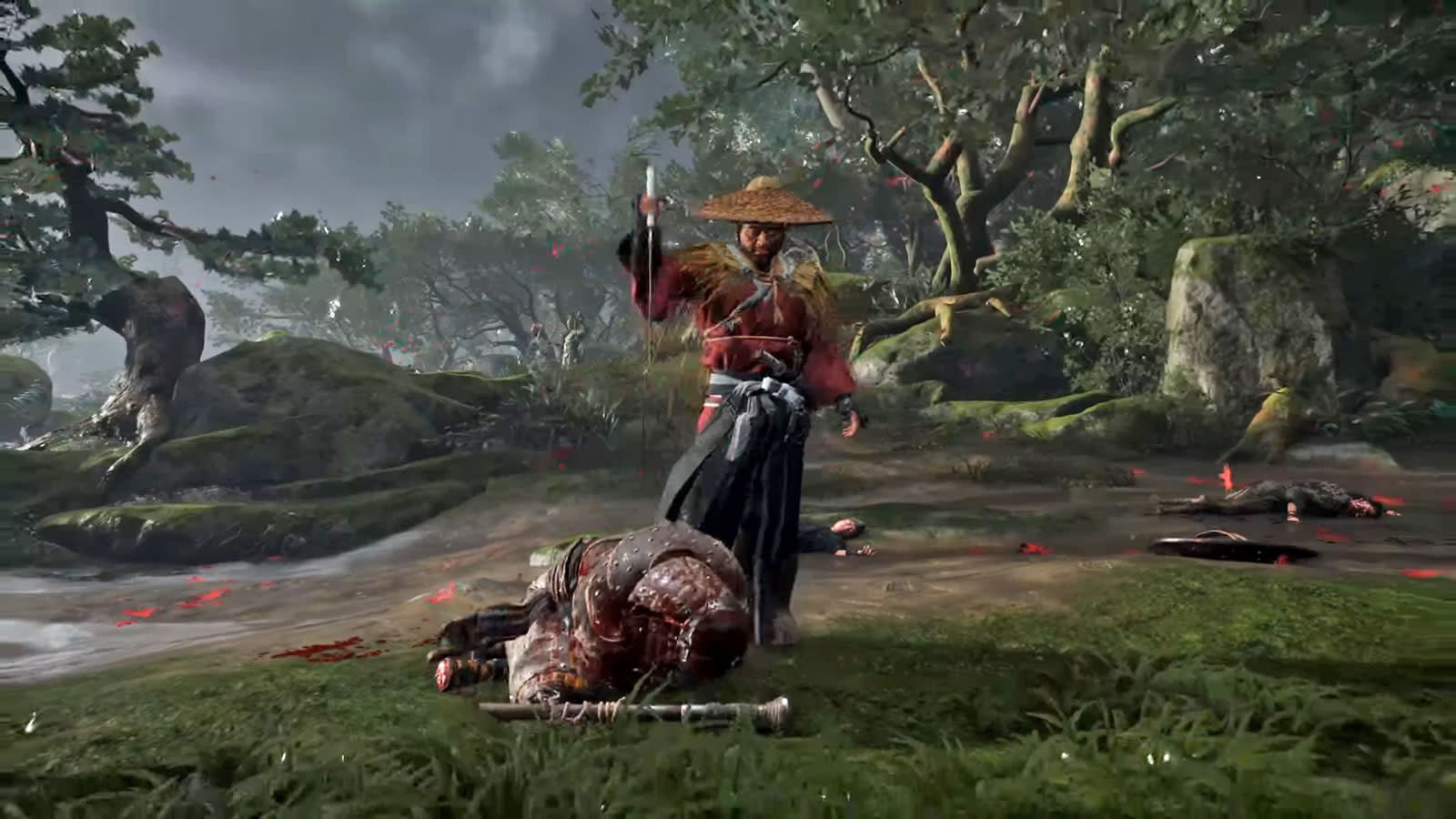
The gameplay of Ghost of Tsushima is also convincing, which means not only the combat system, but the general handling of Jin. It works wonderfully. After a certain amount of progress, almost all of the buttons on the controller are assigned, plus double use, but the functions that you often need quickly become flesh and blood.
Above all, the dynamics of the fights play out big and in the hands of each player individually. Would you prefer to secretly raise a Mongolian camp as a “ghost”, ambush an enemy and slip quietly back into the tall grass? No problem. Would you rather tackle the crowd head-on, challenge an opponent to the cool-looking duel that you already know from various trailers and then do the rest with targeted turns and parades with the katana? No problem either.

On the other hand, all mind abilities work perfectly, the only thing that sometimes gets in your way is the opponents’ AI, which occasionally allows itself a dropout. In addition, there are throws and firearms in the form of bows, kunais and bombs in the repertoire. All of them are fun and break up the rather rigid combat system.
The challenge system in Ghost of Tsushima is completely unique. If you encounter opponents, you can challenge them directly in samurai style and start one-on-one duels. Only a button has to be held down until the opponent starts his attack in order to hit him with a powerful blow. This is possible with up to three opponents in a row. After that you usually have to use your sword.
We decided early on to take the katana in the open fight because the animations of Jin are nice to watch. Every sword swing sits there, every parade, only the climbing animations could have used some fine-tuning.
Breathtaking Graphics
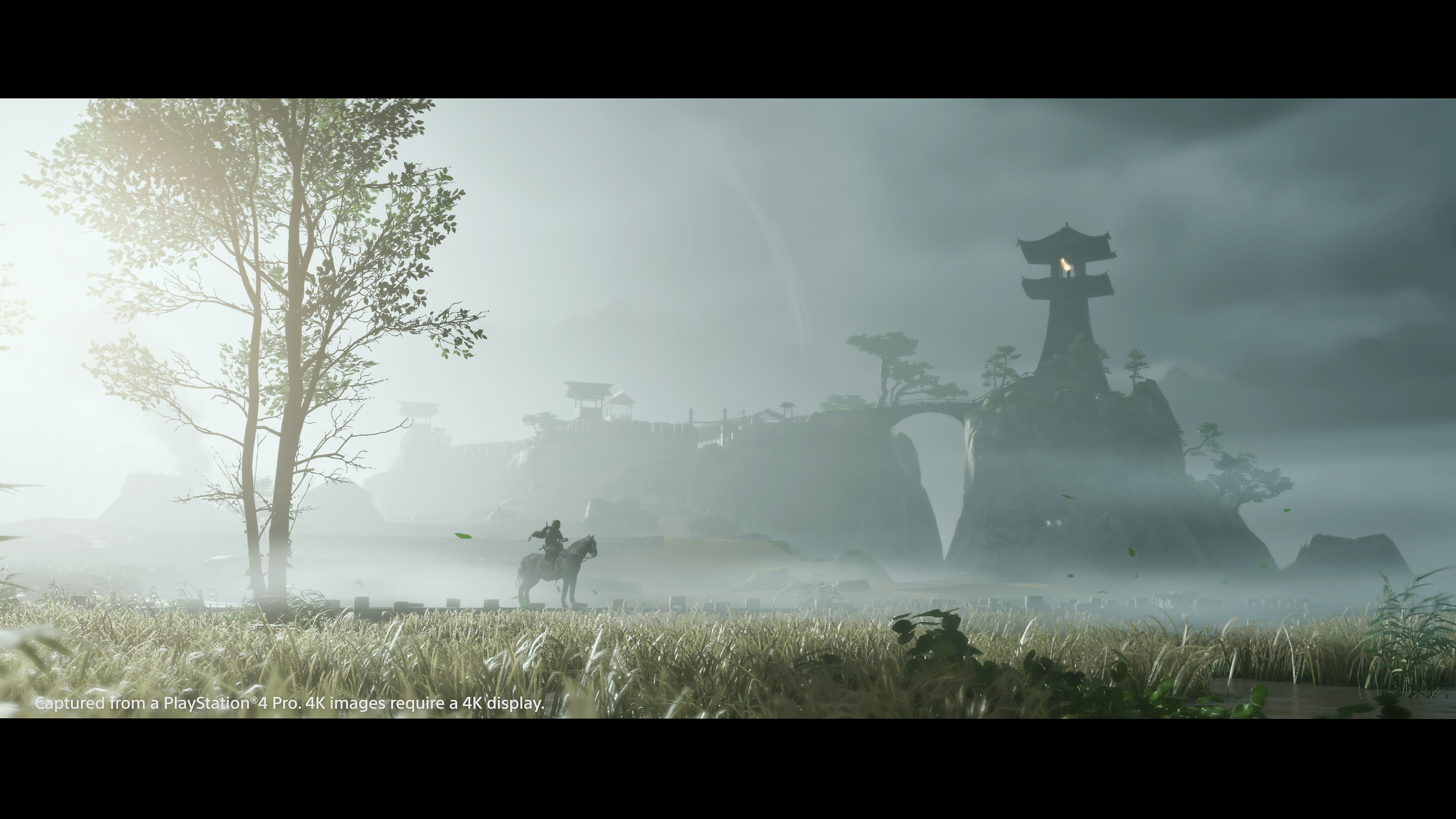
Sucker Punch Productions has been careful to let the player go into a world that looks like the old samurai films. Typical for Ghost of Tsushima: Japanese speech and a black and white Griesel filter (Kurosawa mode), both of course optional.
In addition, the world is super designed, visually the leaves falling from the trees and carried by the wind are particularly eye-catching. The breeze, which was already visible at the announcement and in trailers, serves the player as a compass to the next destination and is said to be the manifestation of Jin’s late father. As soon as you activate it with a swipe upwards on the touchpad, it blows in the right direction, and that with a monkey tooth.
Lots of collectibles
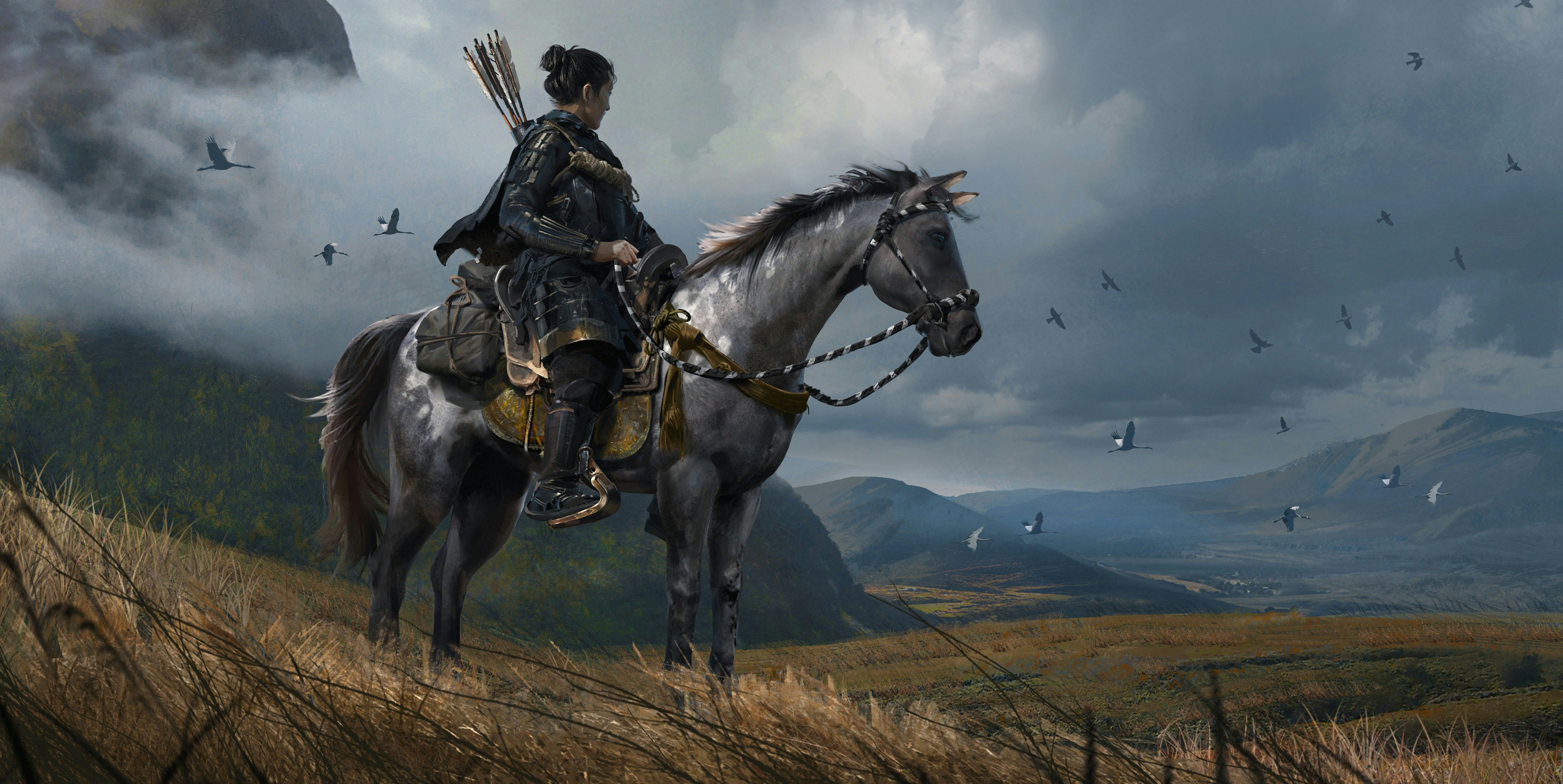
All collectible and leveling up get enough to do in Ghost of Tsushima. In addition to the many missions, other collectibles such as normal items, clothing, shrines, hot springs and more are hidden on the island. Some serve as pure cosmetics, others contribute to your abilities, the others are needed for “crafting”.
The last one primarily serves to improve weapons and armor, to acquire further cosmetic adjustments, or to increase your inventory. And as if that weren’t enough, there are of course differences, because certain items as well as armor and collectibles are rated differently and are therefore difficult to find or obtain.
Rewards Rewards Rewards
As with history, Sucker Punch also took some creative liberties when designing the game world. While the real Tsushima is rather uniformly green, there are different climate zones, forests, mountain regions or swamps in the virtual variant. The PS4-Tsushima is sometimes rainy, brown and mushy, sometimes it blooms in the most beautiful colors. The different areas are visually wonderfully varied, but the transitions are fluid, so that the game world feels believable and organic at all times.

This also means that we can set waypoints, but the path is not shown to us on a mini map. Instead, we let nature guide us. Let’s swipe up on the touchpad, sweep the wind over the area and show us where to go. If we approach the goal, a marker shows us exactly where we should go or who we should address.
This feature works very well and fits well into the story of the island defending itself against the invaders with all its might. In general, the wind is of course also interesting in a historical context, after all the kamikaze, the divine wind, actually ensured that the Mongol invasion was stopped at the time.
Jin’s closeness to nature goes even further. The map of the game world is largely covered by fog, which only clears when we are in the respective area. However, little golden birds keep telling us about interesting things in the area. For example, they lead us to hot springs where we expand our health bar or to places where we write haikus to get new headgear.
Where does Ghost Of Tsushima lacks behind?
The story of Ghost of Tsushima is interesting because it is based on real events, but you cannot avoid saying that the side stories in particular often come with a mallet. Revenge, defense of the homeland, lost family members – all of this is not really subtle, but it can be handled.
Now we come to the Assassin’s Creed comparison. It immediately catches the eye of the player who knows the row and does not go away so quickly. The parallels are serious, and this criticism must be mentioned, after all, the leaked material from Assassin’s Creed: Valhalla just got one on the nose for it.
On the other hand, the system works just fine, we have already mentioned the addiction spiral. However, anyone who thinks Ghost of Tsushima would reinvent the wheel is wrong.

The violence should also be addressed. Yes, where there are sharp blades, wounds occur, logically. And of course the blood can also be switched off, but another thing bothers us. The player heals Jin with a resource called determination.
This is built up, for example, through successful parades. Now there are some opponents who crawl off the ground after they are officially defeated. With a push of a button you can “end suffering”, it says. Jin takes his katana and kicks his opponent on the ground in the back. There is determination for this and it has a playful advantage.
This feature in Ghost Of Tsushima, if you want to call it that, wouldn’t have needed it. There are enough other ways to achieve determination as players, this kind of staging of violence – and that with positive consequences – seems overbearing.
Bottomline
If you like Assassin’s Creed and Japanese history, you can’t avoid Ghost of Tsushima. Everyone else should be aware of the somewhat monotonous mission design and the clumsy side stories here and there in Ghost Of Tsushima. However, the polished movement pattern and atmosphere can engulf players in a spiral of “Oh, a mission still” infinity. Overall, Ghost of Tsushima has become a good, if not masterful game.


